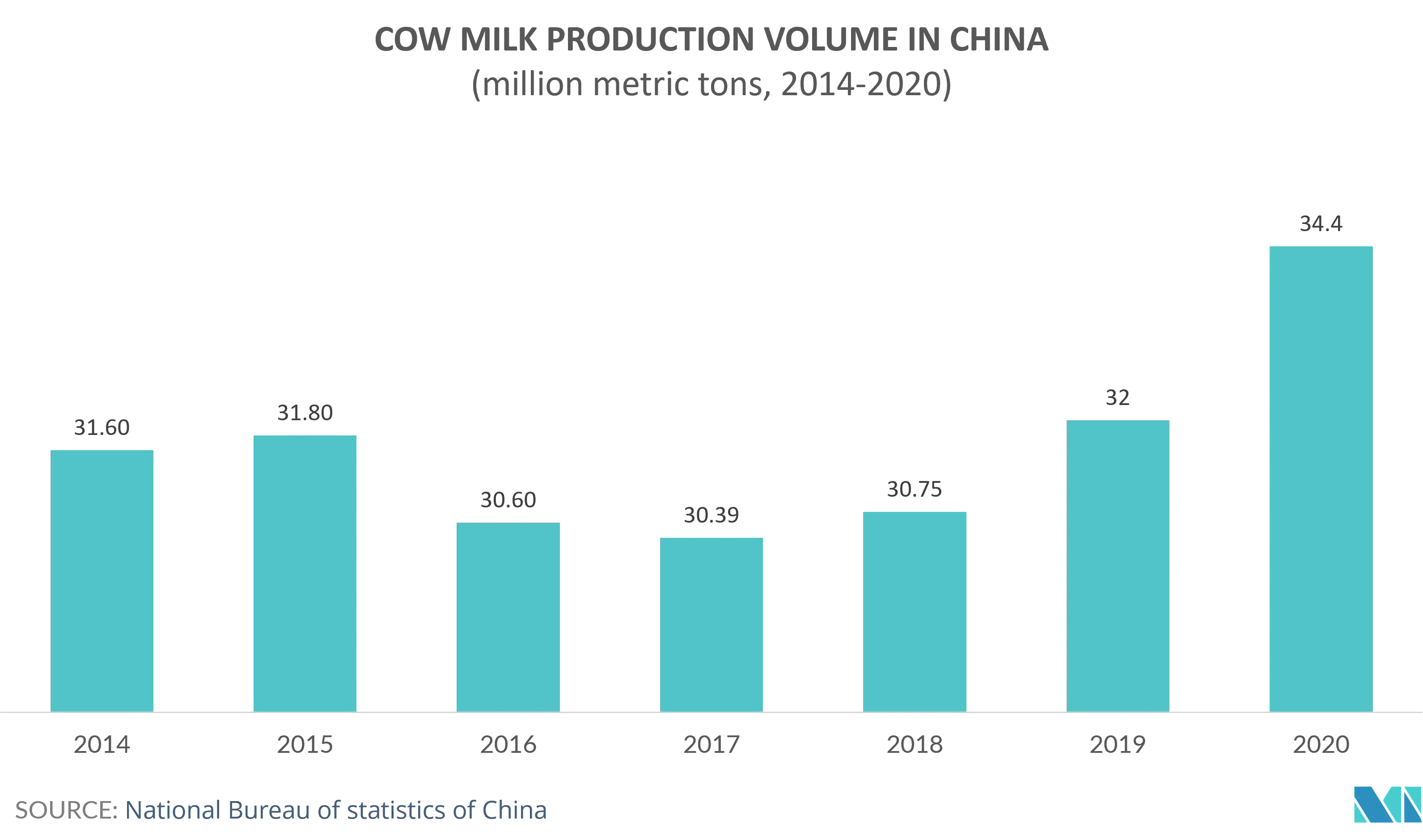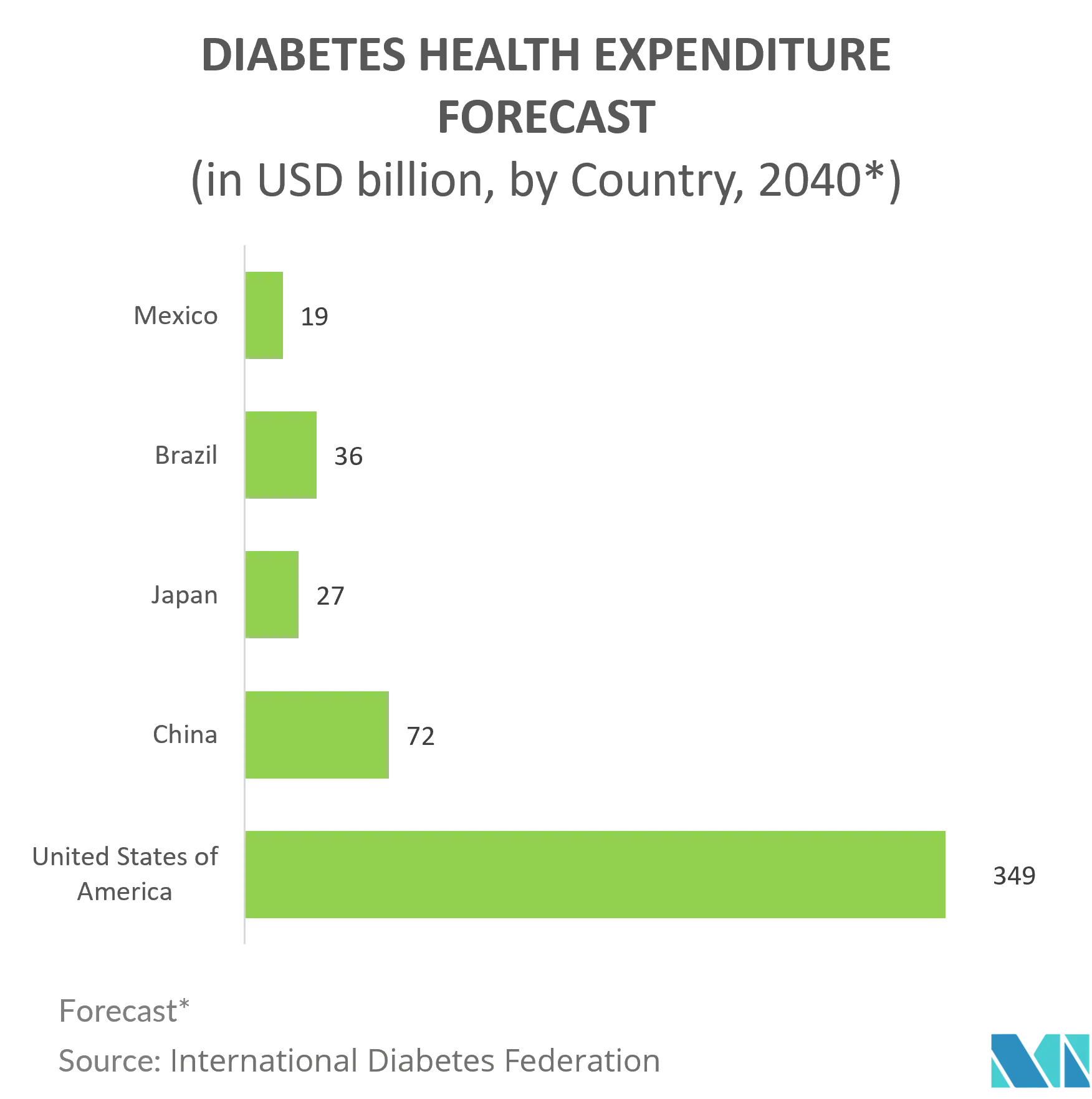Market Trends of APAC Aseptic Packaging Industry
This section covers the major market trends shaping the APAC Aseptic Packaging Market according to our research experts:
Increasing Demand for Longer Shelf Life of Products
- Consumers have been demanding products with extended shelf life and easier usage. This has necessitated the companies to develop alternate packaging solutions. Shelf life has been an important aspect of the product. Companies looking to expand their product offerings with less dependency on sophisticated cold storage chains have become imperative to produce packages that provide longer shelf life.
- The shelf life can be increased by protecting the products from potential deteriorating agents, such as oxygen, moisture, and microbes. In order to protect their products, companies need a packaging solution that can achieve the same and is also cost-effective. Reducing wastage throughout the food supply chain is likely to become a crucial activity to reduce the environmental impact of agriculture and to serve the increasing food demand. Therefore, investing in efficient, low-cost, and sustainable processing and packaging solutions to increase the shelf life of products (especially dairy, baby food, and nutraceuticals) is a viable solution, thus augmenting the requirement of aseptic packaging.
- Changing lifestyles and the consequent dependence of consumers on processed, packaged, and precooked food is increasing the demand for aseptic packaging solutions. The advent of the supermarket culture has also altered the landscape of shopping and has increased the need for packaging, especially in food and beverage products. The altering lifestyle of people has resulted in the shift from home-cooked to ready-to-eat products. In addition to this ease of use, these products should also be packaged in such a way to ensure they are fresh and uncontaminated.
- Food packaging has no longer just a passive role in protecting and marketing a food product. The emphasis on the decrease of the use of preservatives is also a driving factor for the use of aseptic packaging as aseptic food preservation methods enable processed food to be kept for a longer period of time without preservatives as long as they are not opened.
- Moreover, with the growing population in the region, the production of milk is increasing as cow milk is a part of the daily diet. For instance, according to the National Bureau of Statistics of China, cow milk production in China for the year 2020 accounted for 34.4 million metric tons compared to 32.01 metric tons in 2019. This demands a longer shelf life of up to 6 months, and aseptic packaging is of high use as the packaging is sterilized prior to the fillion with UHT-treated milk.

Pharmaceutical sector is expected to higher witness growth during the forecast
- Prefillable syringes overcome disadvantages of parenteral drug delivery, such as lack of convenience, affordability, accuracy, sterility, and safety. These syringes enable easy management of chronic diseases, such as Diabetes and Rheumatoid Arthritis, which is expected to boost the use of auto-injectors and pen injectors over the forecast period. Thus, the growing prevalence of Diabetes and other chronic diseases in the Asian region is expected to fuel the market demand over the forecast period.
- Prefilled syringes are emerging as one of the fastest-growing choices for unit dose medication as the pharmaceutical industry seeks new and more convenient drug delivery methods. Also, Pharmaceutical companies are minimizing drug waste and increasing product life span, while patients are able to self-administer injectable drugs at their homes instead of the hospital.
- According to International Diabetes Federation, 114 million cases of Diabetes were recorded in China in 2020 and states that health expenditure based on DiabetesDiabetes in the country would increase to USD 72 billion by 2040. Thus, increasing insulin market growth is expected to drive the prefillable syringes market that would further aid the growth of the Aseptic Packaging Market.
- Around 80% of the vials and ampoules are made from glass, owing to their suitability with varied drug combinations, but they face challenges like delamination, breakage, etc. Alternative plastic vials, like Cycle Olefin Polymer (COP) and Cycle Olefin Co-Polymer (COC) formats, are likely to gain significant market share over the next five years. Major players, such as Schott and Gerresheimer, possess experience in COC for pharmaceutical applications. Such developments are driving the need for aseptic packaging in the region.
- Furthermore, the use of innovative technologies in ampoules, such as radio frequency identification tags (RFID), deployed with a seal applied outside the packaging, is growing owing to the potential to provide individual security throughout supply chains. All these are expected to drive the aseptic packaging market in the vials and ampoules segment in the region.


